Images
Whenever you use other people's images you need to provide a source.
Include the image as close as possible to where it has been referred to in the text.
Include a caption below each image with an in-text citation. Include the full reference on your works cited page.
Make sure there you provide enough information so that anyone reading your work can easily find the original image that you have used.
Include the image as close as possible to where it has been referred to in the text. Don’t cite a google image search as a source, click through to the web page linked to in the search results. If you are publishing your work on a website where people outside VSA can see it, make you use Creative Commons or public domain images to avoid copyright infringements
Don't include images for decorative purposes in and academic report or essay. If you includes images, they should be there to support your argument.
If you've forgotten where you found an image, use google images [click the camera icon to upload an image] or google lens to find it again.
Don’t cite a google image search as a source, click through to the web page linked to in the search results.
If you are publishing your work on a website where people outside VSA can see it, make you use Creative Commons or public domain images to avoid copyright infringements.
Captions should end with a fullstop after the in-text citation.
When do I use italics and quotation marks in a caption?
Italics
Photograph or Painting.
E.g. Under the Wave off Kanagawa
“Quotation Marks”
An individual image from a website which already has a title or description in a caption, or a an individual cartoon or illustration.
No Formatting
A description you’ve created yourself. Do not capitalise each word.
E.g. Photograph of a dog skateboarding
Combination
Screenshot of Mona Lisa
This formatting applies to the title as it appears in both the works cited entry and as it appears below the caption.
Citing an artwork from a website
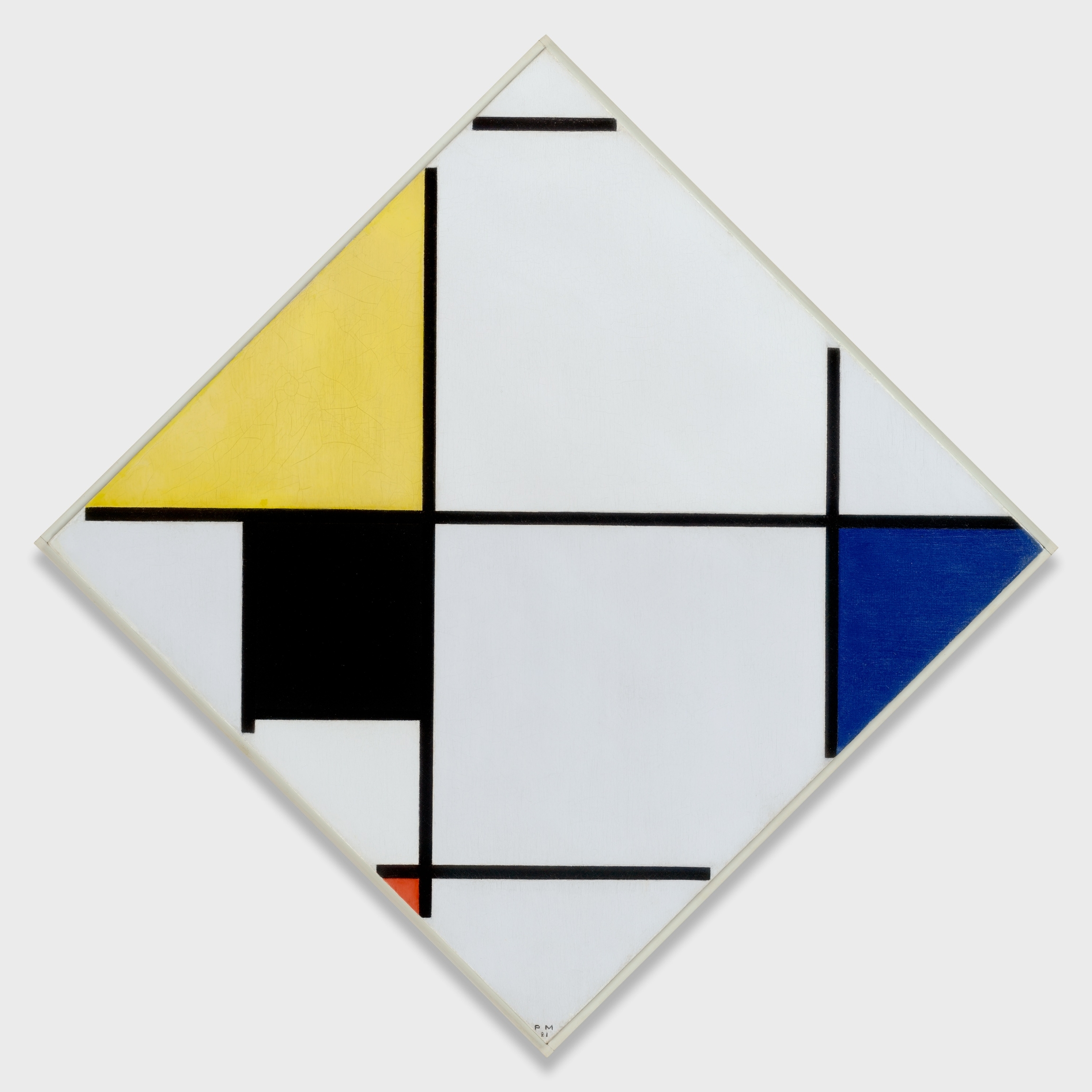
Fig. 1. Lozenge Composition with Yellow, Black, Blue, Red, and Gray (Mondrian).
Works Cited
Mondrian, Piet. Lozenge Composition with Yellow, Black, Blue, Red, and Gray. 1921. The Art Institute of Chicago, www.artic.edu/artworks/109819/lozenge-composition-with-yellow-black-blue-red-and-gray. Accessed 20 Aug. 2022.
Citing an image that you have edited
You can use a phrase like "adapted from" in the caption to show that you have made changes to the original image. In this case, the original black and white photograph has been colourised.

Fig. 2. Adapted from Air Raid Precautions in Hong Kong, 1941 (Palmer).
Works Cited
Palmer, Fred. Air Raid Precautions in Hong Kong, 1941. Imperial War Museums, www.iwm.org.uk/collections/item/object/205206687. Accessed 18 Aug. 2022.
Getty Images
Getty Images allow some of their images to embedded on websites, but you need to give credit to Getty Images and use the embed code they provide.
Works Cited
TONNAJA. Zhangye Danxia National Geopark, Gansu, China. Getty Images, 2019. www.gettyimages.co.uk/detail/photo/zhangye-danxia-national-geopark-gansu-china-royalty-free-image/1164560768. Accessed 30 Aug. 2022.
Citing an image from a website
When you are use an image from a website, include a reference for the website where you found the image in your works cited list and an in-text citaton in the caption to link to the reference.
Remember, if you are publishing your image on a website you should use creative commons public domain images. This photograph image of Elvis meeting Nixon below is one of the most famous public domain images in the U.S. National Archives.
Because the caption below the image is not copied from the website, and is just a description of the image, no italics or quotation marks are required.
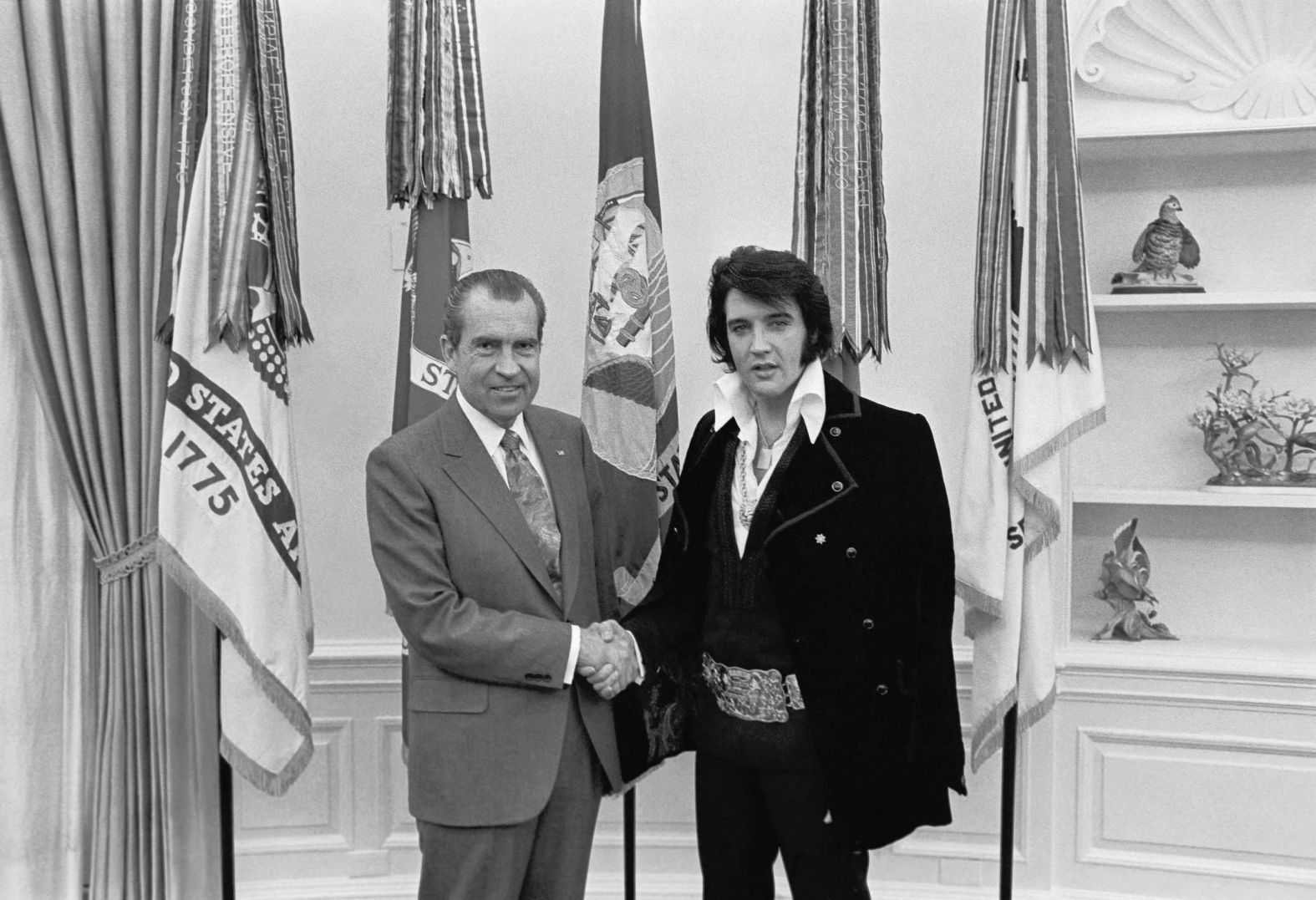
Fig. 4. Photograph of Elvis meeting Nixon (Carlson).
Works Cited
Carlson, Peter. “When Elvis Met Nixon.” Smithsonian, Dec. 2010, www.smithsonianmag.com/history/when-elvis-met-nixon-69892425/. Accessed 25 Aug. 2022.
Citing an image from a website that already has a caption
When you are use an image from a website that already has a description or title, you can use that as the caption and include the full reference for the page it came from in your works cited list.
If the image is a photograph or an work of art, the caption should be in italics, otherwise use quotation marks.
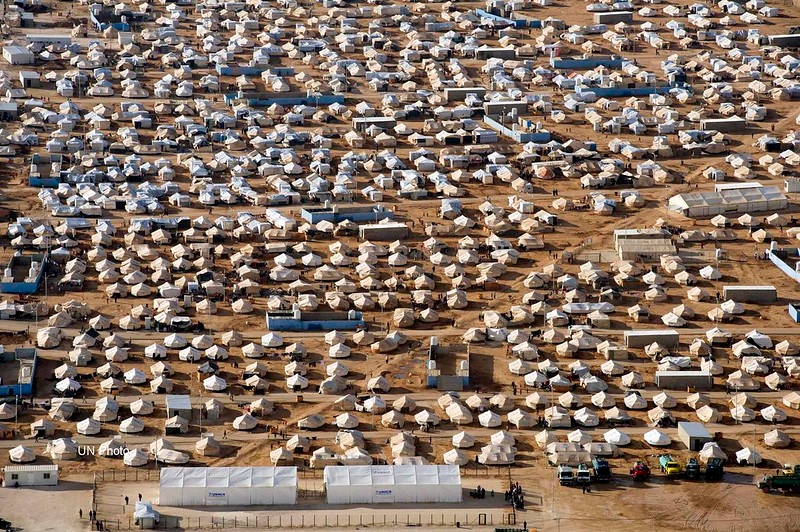
Fig. 5. Refugee & IDP Camps from Above (United Nations Photo).
Works Cited
United Nations Photo. Refugee & IDP Camps from Above. Flickr, 7 Dec. 2012, www.flickr.com/photos/un_photo/24590922034/. Accessed 26 Aug. 2022.
Citing a screenshot from YouTube
Include a timestamp in your in-text citation to show at what point in the video you took the screenshot:
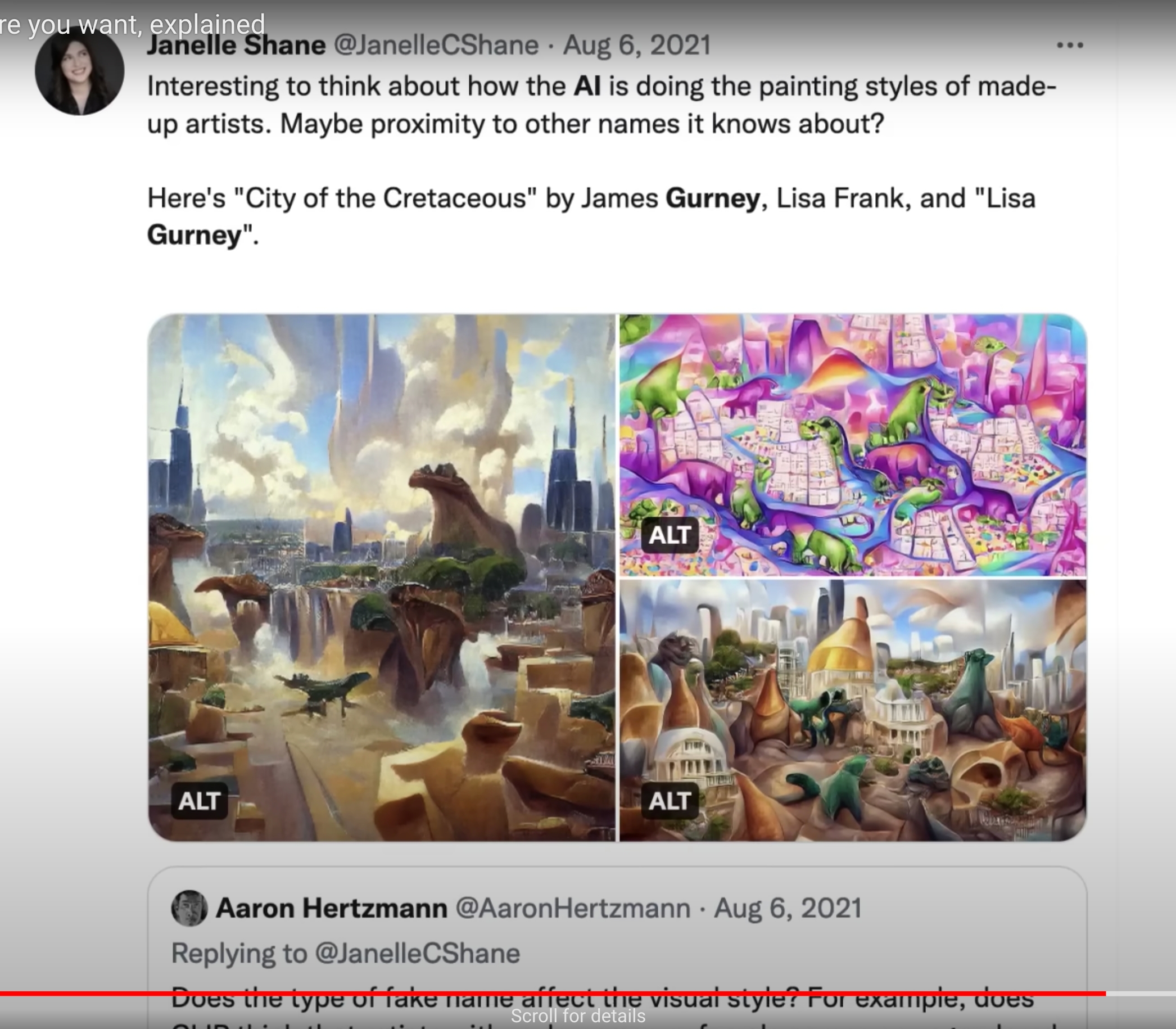
Fig. 6. Screenshot of “The AI That Creates Any Picture You Want, Explained” (Vox 10:38).
Works Cited
Vox. “The AI That Creates Any Picture You Want, Explained.” YouTube, 1 June 2022, www.youtube.com/watch?v=SVcsDDABEkM. Accessed 31 Aug. 2022.
Citing a photograph that you have taken yourself
Include a statement in the caption to make it clear that you are the author. No reference is needed in your works cited list.
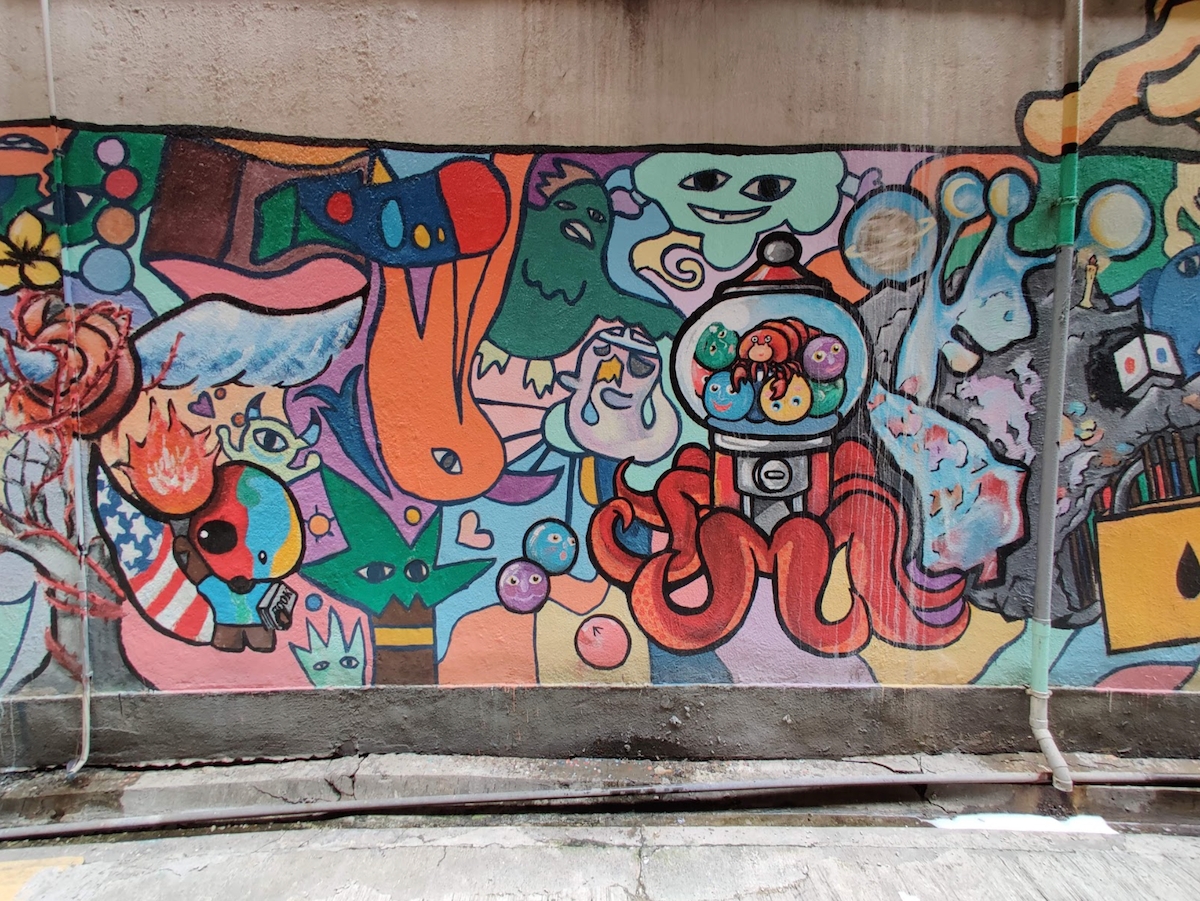
Citing Google Maps

Works Cited
Map of Tsim Tsa Tsui, Hong Kong. Google Maps, 2019. www.google.com/maps/@22.2989636,114.1711692,15.91z. Accessed 10 Oct. 2021.
Citing an artwork without an author
If you want to cite an art work and no author is given, you can use the image title for the caption and you don't need to include an in-text citation:

Visit the MLA Style Center for more information.
Works Cited
Portrait of Oscar Wilde as a Young Man. 1880. Art Institute of Chicago, www.artic.edu/artworks/101012/untitled-portrait-of-oscar-wilde-as-a-young-man. Accessed 16 Apr. 2022.
Note that the date above “1880” is followed by a full-stop, as it is an optional element relating to the original publication date of the artwork rather than the date it was published on the website.
Last updated
Was this helpful?